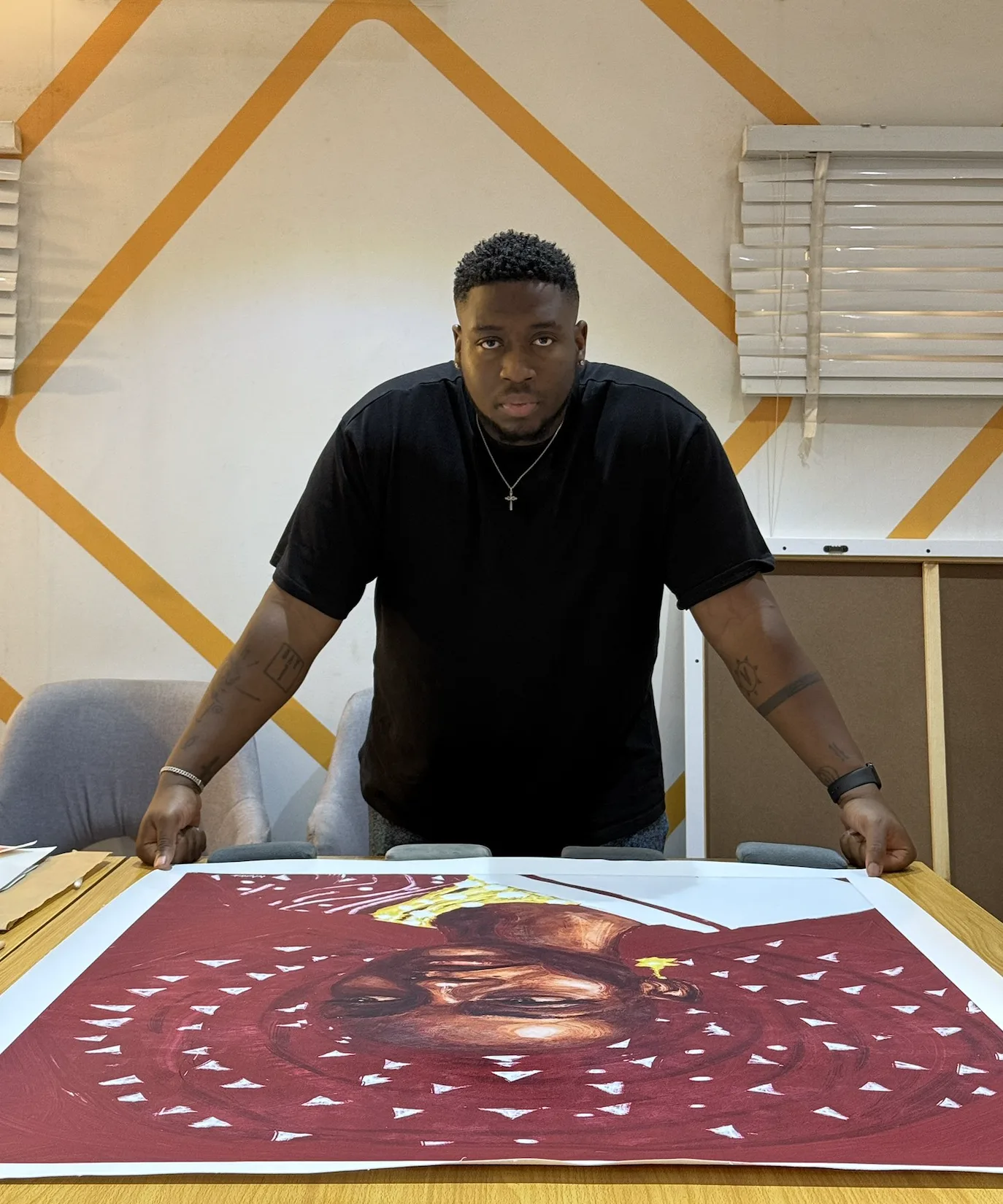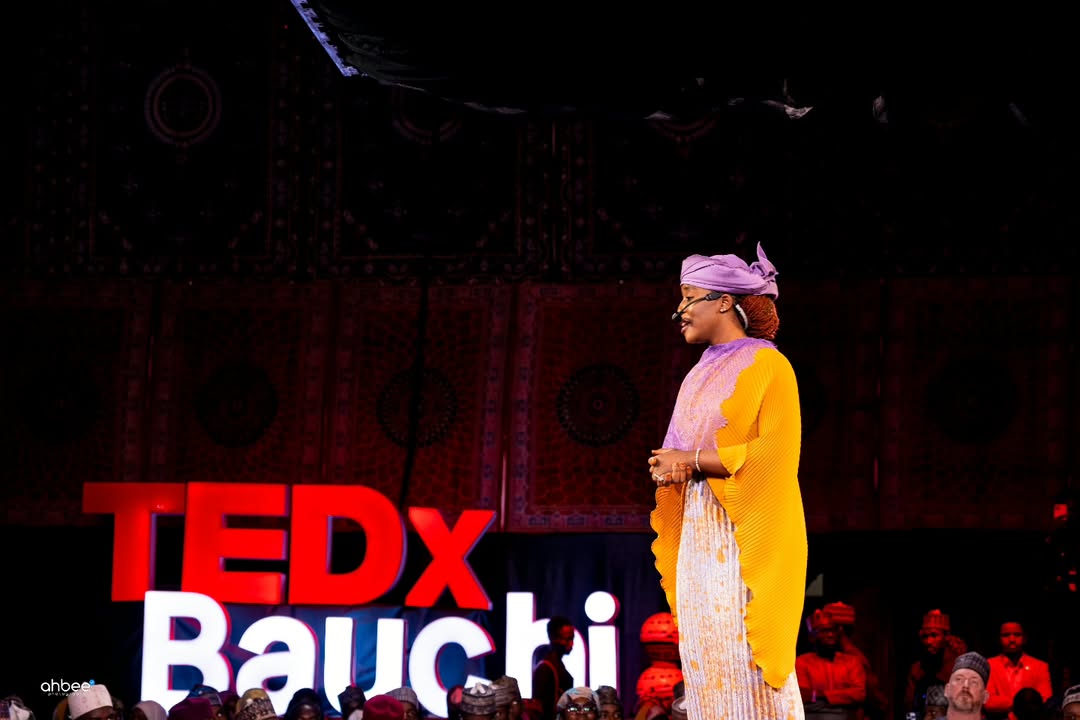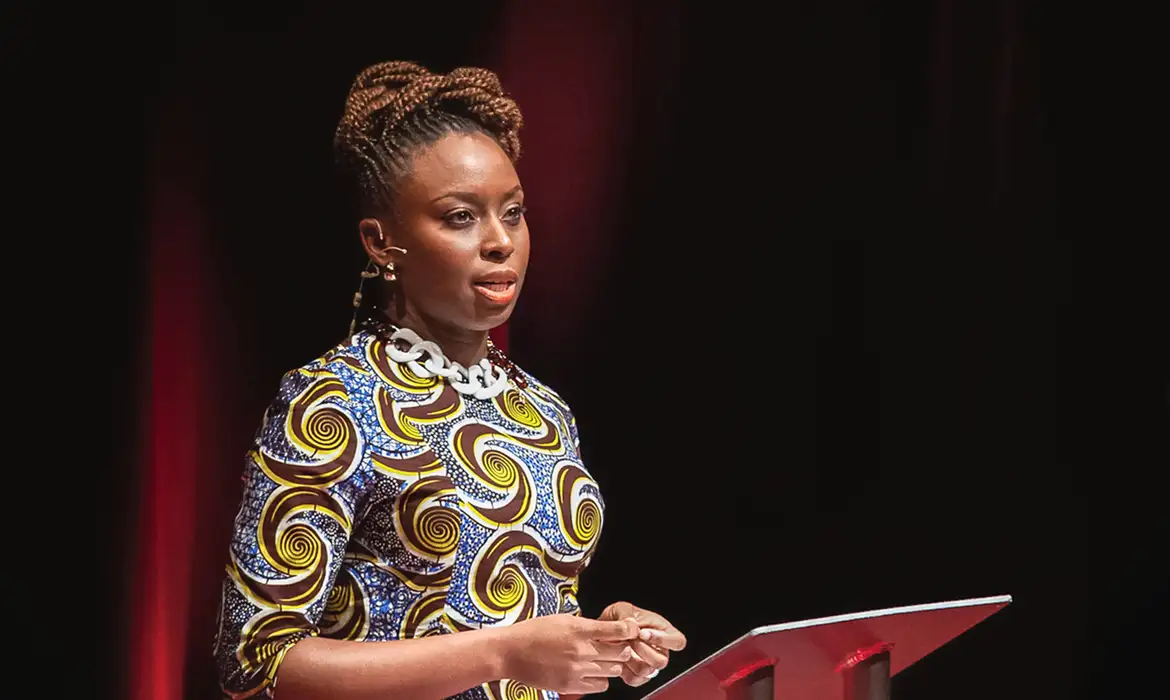
In the late 1990s and early 2000s, ambition wore a stethoscope or a steel beam. If you were lucky, a courtroom robe. In Nigerian households and beyond, medicine, engineering, and law were the trophies flashed at parties, while greeting after church services, and in family gatherings. Art was whispered about. A hobby. A risk. Across India, China, Europe, and the U.S., resources flowed toward STEM and law. Art schools had to fight to stay in budgets, often defending their existence in the face of cuts that never seemed to reach medical or engineering faculties.

Then art leaned in. It slid out of the shadows and claimed stage center, but not without its struggles. Today, writers, musicians, designers, and creators shape not just culture but economies and global conversations. What once was framed as indulgence is now infrastructure.
The transition was not an accident. It was seeded by globalization, sharpened by the internet, and catapulted by social media. In the early 2000s, YouTube emerged as a strange corner of the internet where people posted grainy videos with little expectation. By 2010, it had birthed a new generation of self-made stars who didn’t need family connections, industry gatekeepers, or Ivy League acceptance letters to claim visibility. The teenage dream of becoming a Doctor began to compete with the dream of becoming a YouTuber, and slowly, the balance shifted.
A 2022 survey from Morning Consult showed that nearly 75% of Gen Z respondents would consider becoming online creators. In the United States, the “creator economy” is now valued at over $100 billion, with millions of people making a living outside of traditional career pipelines. Globally, TikTok’s rise has cemented the creator as a central figure in 21st-century culture. A decade ago, telling your parents you wanted to be an influencer would earn a mix of side-eye and concern, or even a deliverance session during morning devotion if like mine, your parents are Pentecostal intercessors. Today, it can mean endorsements, brand partnerships, or the kind of income that rivals what medical and engineering graduates once promised.

This shift is not just Western. In Africa, creative industries are now recognized as critical engines of growth. According to UNESCO, Africa’s cultural sector generates nearly $60 billion annually and employs about 5 million people. From Nollywood to Afrobeats to fashion houses in Lagos, Dakar and Johannesburg, the arts are no longer the afterthought. They are the export. Nigerian music, once sidelined as local entertainment, now tops charts in London, New York, and Paris. Burna Boy sells out stadiums, Tems writes for Rihanna, and the sound of Amapiano from South Africa fills global playlists. Creativity has become currency.
But beyond entertainment, art is also being recognized as a diplomatic and intellectual force. Take Maryam Bukar Hassan, the Nigerian spoken word artist and poet known as Alhanislam, recently appointed the first-ever UN Global Advocate for Peace. Her rise is emblematic of the new weight art carries—where a poet’s voice now stands alongside traditional diplomacy. Her spoken word opened Davido’s album 5ive, bridging pop culture and global advocacy, showing that art now moves between worlds once thought to be separate.

And then there is Chimamanda Ngozi Adichie, who started out studying medicine before finding her way into writing. The shift in her career mirrors the shift in culture itself. Medicine was the “sensible” choice, the one family could take pride in. But it was art that transformed her into one of the most influential literary voices of the 21st century. Today, her novels are taught in universities worldwide, her TED Talks spark global conversations, and her essays have shaped political and feminist thought. Where a medical degree might have saved lives one at a time, her art has transformed how millions think about identity, gender, and power.
This is the quiet revolution. Where once the arts were seen as unstable, today they are among the most resilient industries. The COVID-19 pandemic exposed this truth vividly. While traditional industries stumbled, streaming platforms, digital design, and online content creation surged. Netflix subscriptions ballooned, Spotify streams grew, and online art marketplaces flourished. Art, in its many digital forms, became not only an outlet for survival but a global economy in motion.

Parents, too, are beginning to adjust. In Lagos, Accra, or Johannesburg, it is no longer rare to hear a parent proudly speak of a child making music, running a fashion label, or creating viral content. A decade ago, these might have been considered distractions. Today, they are industries, with structures, networks, and measurable returns. In the U.S., universities now offer degrees in social media influencing, and venture capital flows steadily into the creator economy. In Nigeria, tech and creative startups alike are attracting global investment, positioning Africa as not just a consumer but a producer of culture.
The new ambition is not uniform, but it is undeniable. Where ambition once meant stability, it now often means visibility. Where it once meant a profession handed down by tradition, it now often means carving a lane where none existed. The infrastructure of careers has expanded, making room for voices that once went unheard.

Of course, this does not mean medicine, engineering, and law have lost their value. These fields remain critical, lifesaving, and nation-building. But what has changed is the hierarchy of respect. Art now sits at the table of power, shaping policy, global perception, and the very texture of daily life. To ignore it is no longer possible.
The story of this transition is a story of democratization. The internet broke open the gates of who gets to create, who gets to be seen, who gets to be paid. And in doing so, it redefined ambition for a generation. From Lagos to Los Angeles, Mumbai to Manchester, kids are no longer told to choose between survival and art. They are told, increasingly, that art can be survival, art can be legacy, art can be empire.

What once was whispered is now declared aloud. Ambition learned to dance, to sing, to write, to film, to paint, to design. And in doing so, it has reshaped the very idea of success for a generation that refuses to be boxed into stethoscopes or steel beams alone.
